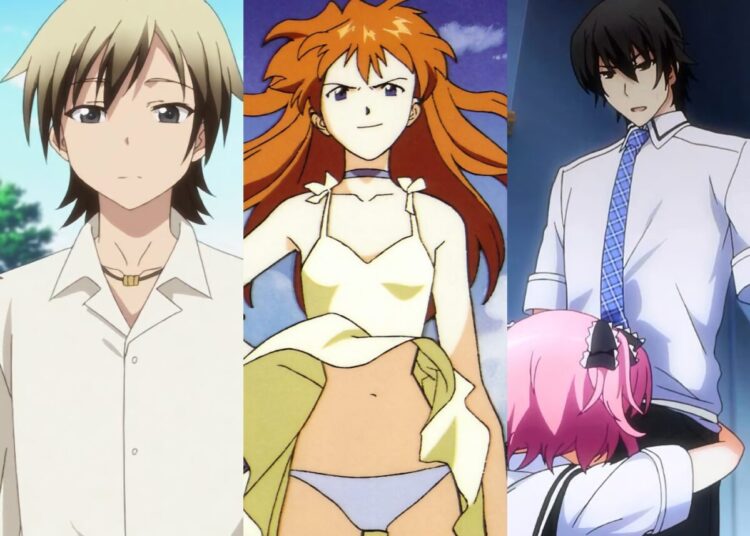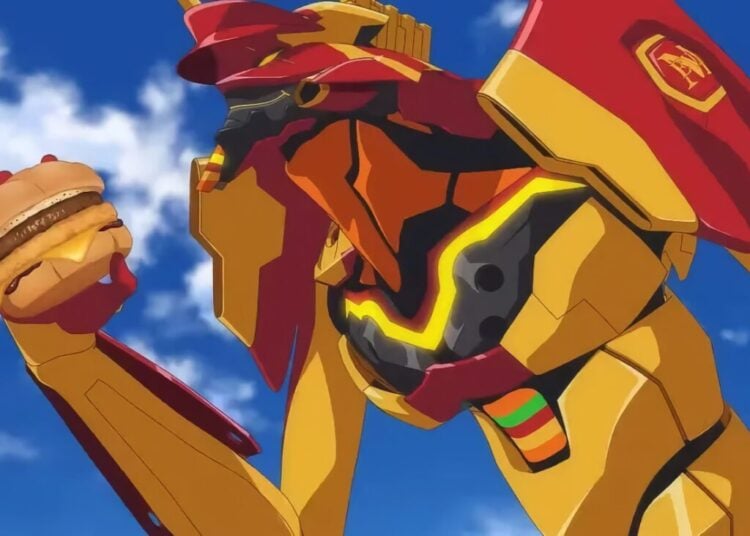I sometimes look back with fondness on my college days, and the adventure that was learning Japanese in Mrs. Higurashi’s class at SDSU. Our textbook was Foundations of Japanese Language by Soga, a book which used hiragana, katakana and kanji exclusively, with no “Romanized” Japanese at all (that is, Japanese words or sentences written in the alphabet you’re reading now). At the time it was hellishly difficult — in order to read a simple word we had to master the entire hiragana writing system, but I soon realized it was the best possible approach as it forced us to memorize words properly, without being burdened by the phonetic rules of English. If you see the phrase ichi man en (10,000 yen) written in the Roman alphabet your brain will probably try to pronounce the middle word “man” (short vowel) rather than with a “mahn” (long vowel), which is the way the Japanese say it, so learning using books that force you to read in kana and kanji actually helps your pronunciation. It helps in other ways, too. To an English-speaker, “Evangelion” looks like it should be pronounced with a soft ‘g’ (as in giraffe), but katakana never lies, and the Japanese pronunciation is Evangelion, with a “g” like green. I know deep down that few English-speaking anime fans will pronounce the name of the new Magical Girl Madoka Magika using its “correct” katakana pronunciation, with a hard “g” in the middle syllable of “Magika” — oh well. Incidentally, J-List sells several Japanese study aids that force you to learn in proper written Japanese, including the Genki textbook series and the excellent study cards and kanji poster from White Rabbit.
![]()













